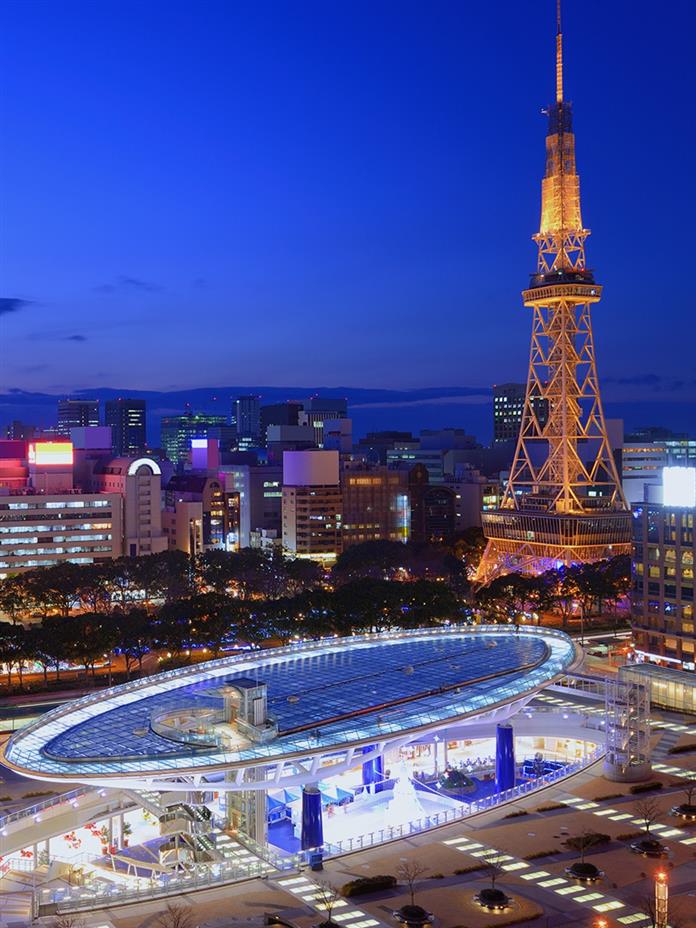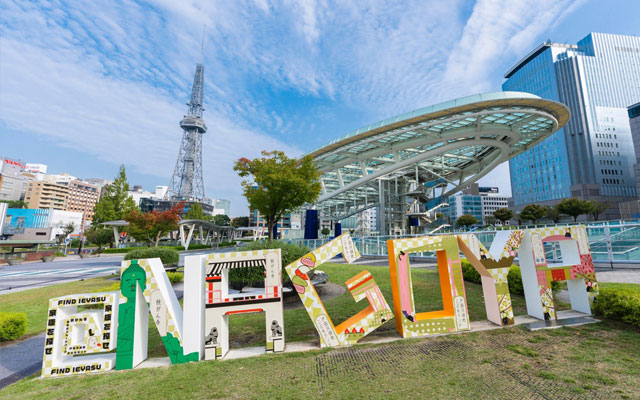Rediscovering History and Culture
Nagoya was once the capital of the Owari Domain during the Tokugawa Shogunate period and had a degree of extravagance as one of the three main domains outside of Edo. This history is still evident through its refined cultural aspects like the tea ceremony and pottery. Seto city continues its 1,000 year tradition as a pottery supplier while Nishio city is Japan’s top producer of premium matcha tea. An amusing diary details the management of tatami for Nagoya Castle, showing facets of daily life. More temples and shrines are located in Aichi prefecture than major cities like Kyoto, Tokyo, and Osaka, highlighting Nagoya’s overlooked religious heritage from feudal lords seeking atonement. Rare kabuki performances survive in Nagoya through tradition.

Hidden Culinary Gems
Contrary to its image, Nagoya boasts nuanced regional cuisine. A tendon here prominently features shrimp rather than being an afterthought. Meanwhile, Tokyo’s lower class origins are reflected by blander homecooking relying on salt and sugar to compensate. Nagoya’s identity as Japan’s undisputed shrimp capital stems from humble roots rather than deprecation. Rediscovering these little-known tastes revives appreciation for the city.
Historical and Cultural Landmarks
Nearby sites expand Nagoya’s cultural riches. Inuyama Castle stands as one of twelve original castles, conveying history through its preserved architecture. Most exceptional is Meiji Mura, Japan’s finest open-air museum transporting visitors to the late 19th-early 20th century through ingeniously reconstructed western and Japanese structures. For those seeking the unusual, the penis festival in Komaki offers lighthearted insights into ancient beliefs. With the right planning, day trips reveal treasures minimizing Nagoya’s perceived dullness.
Recent Developments and Investment in Tourism
After decades as an industrial center, Nagoya is aiming to attract more tourists through ongoing developments. Nagoya Castle’s main keep is under reconstruction until 2022 for improved visitor experience. Improved accessibility through the Tokaido Shinkansen also benefits the region, being a quick trip from major hubs like Kyoto. Meanwhile, surrounding areas like the mountains of Gifu and scenic coastlines of Shizuoka and Mie concurrently see more tourism investments, widening excursions possible from Nagoya. With population and economic growth sustaining local development, expect its cultural profile and visitor offerings to steadily rise in coming years.
Rethinking Perceptions of an Evolving Region
Rather than dismissal, open-minded exploration exposes Nagoya’s depth of history and modern vibrancy. Beyond factories lies a refined cultural heritage retained through centuries. With careful planning, day-trips reveal world-class sights like Meiji Mura rivaling top destinations. Nearby regions continue enriching the diversity and scale of activities. As one of Japan’s prized centers of industry and innovation, Nagoya naturally adjusted slower than regions in decline. However, ongoing revitalization efforts now better showcase its identity beyond factories to deservedly attract global visitors. An industrial past need not define Noragoya’s vibrant present and future.
Reviving Regional Tourism through Strategic Partnerships
To maximize potential, boosting collaborative regional promotion could help. Nearby Gifu’s mountains and Shizuoka/Mie’s coasts complement Nagoya yet receive underserved linkage. Strategic bundling of these complementary attractions into itineraries and regional rail passes may inspire longer stays. Private sector support also drives progress - local businesses could sponsor special tourist trains between key destinations, as other JR lines have successfully done. Strengthening JR Central’s vision to advance integrated regional tourism similarly benefits all. With cross-sector coordination and openness to new models, Aichi’s treasures can measurably lift Japan’s visitor economy through revitalized regional tourism.

 Packing Light For Your Next Trip
Packing Light For Your Next Trip